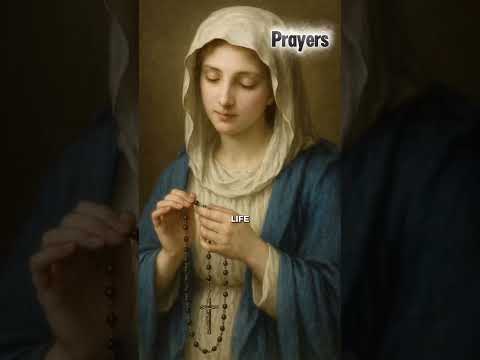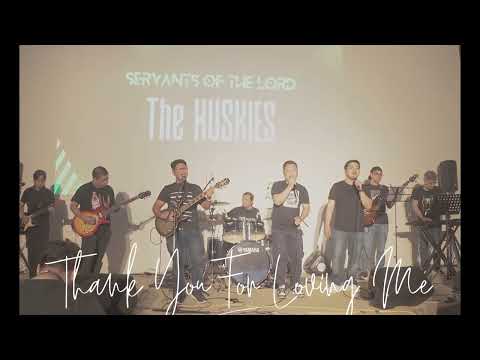Welcome to Play By Chord’s Guitar Chords Library
Your one-stop resource for learning and mastering the essential chords every guitarist needs.
Whether you’re just starting out or playing in a worship team, these chord charts are simple, accurate, and easy to follow.
Learn Guitar Chords the Easy Way
Explore thousands of guitar chords with lyrics, tutorials, and strumming patterns – perfect for beginners and pros

The most important chords for beginning guitarists to master are A, C, G, D, and E majors. Often known as the “CAGED” chords, these are an excellent place to start when learning the fundamentals of guitar playing. Compared to barre chords, which necessitate pressing down several strings simultaneously, learning these open chords, where some strings are played open (not fretted), is simpler.
Here’s a more detailed look at these essential chords:
A closer look at these crucial chords is provided below:
In A major, you must place your first finger on the D string’s second fret.
C Major: Frequently, novices study this chord first. Three fingers are needed, but the sound is distinct and clear.
A popular chord, G major requires you to place your pinky on the third fret of the high E string, your ring finger on the third fret of the low E string, and your middle finger on the second fret of the A string.
Numerous songs employ the flexible chord D major.
E major is a basic chord in which all six strings are strung.
A minor: A close family member of a major and quite simple to understand.
Basic Guitar Chord Types
One of the first things you need to know about chords is that there are different types, each with distinct sounds and functions. The three main types of guitar chords include:
(1) Power Chords
Power chords are used in rock, punk, and metal music. They are often easier for beginners to learn because they focus on two or three strings/frets, which isn’t too hard on the fingers.
These chords can be played on any type of guitar, but they are commonly used on electric guitars, where they can be distorted to add a heavier sound.
(2) Open Chords
Open chords are similar to power chords in that they focus on fewer frets – requiring fewer fingers to play. The crucial difference is that open chords use all the strings on the guitar.
As a result, these chords provide a fuller sound and are the most common guitar chord type. This makes them a great place for beginners to start.
(3) Bar Chords
A bar chord is a guitar chord where one finger is placed across multiple strings on the fretboard. This can be done with any finger but usually with the index finger.
Bar chords can be quite tricky for beginners – they require more strength in the finger to hold down all the strings. Therefore, it is important to practice these chords regularly to build up the strength in your fingers.
Here are some tips for playing bar chords:
- Make sure that each string is evenly pressed down to get a clear chord.
- Arch your finger to touch as many strings as possible.
- Experiment with different songs to feel the sound.
How to Read Chord Diagrams
Now that you know the different types of chords, it’s time to learn how to read a chord diagram. A chord diagram is simply a visual representation of a guitar chord. It shows which fret and string to place your fingers on to create the desired sound.

The vertical lines represent the guitar’s strings, and the horizontal lines represent the frets. The numbers on the vertical lines correspond to which finger to use.
- Index Finger = 1
- Middle Finger= 2
- Ring Finger= 3
- Pinky = 4.
If you see an “x” on a string, it means that you do not play that string.
The Top 7 Guitar Chords Every Beginner Should Learn
Now that you understand some of the basics chord types and how to read a diagram, it’s time to learn some actual chords! Here are seven to learn right away.
1. A Major Chord

The A major chord is one of the most basic chords you can learn on the guitar. It is a great chord to start with because it’s relatively easy to form and is used in many popular songs.
To play the A major chord, place one finger on the second fret of the D string. Then, press your next two fingers on the second fret of the G and B strings. Now that your fingers are in place, strum from the fifth string down (avoiding the top E string).
2. C Major Chord

The C major chord is one of the most popular chords – and for a good reason. It’s incredibly versatile and can be used in many different genres of music.
To form a C major chord, place your first finger on the first fret of the B string. Then, set your second finger on the second fret of the D string. Next, ring out the A string’s open third fret with your third finger. Now that your fingers are in place, strum from the fifth string down (avoiding the top E string).
3. G Major Chord

To play the G major chord, your middle finger will go on the second fret of the fifth string. Next, place your ring finger on the sixth string’s third fret. Then, stretch your pinkie to the third fret of the first string. Finally, stum all six strings together to play the chord.
This chord may give some beginner guitarists trouble – it can be hard to switch to another chord after playing this one. A good tip is to repeatedly practice switching from this chord to other commonly used ones, such as the C or D major chords.
4. D Major Chord
To play the D major chord, place your first finger on the second fret of the G string. Then, put your second finger on the second fret of the E string. Finally, ring out the B string’s open third fret with your third finger. Strum this chord from the fourth string down (avoiding the top two strings).
The resulting sound of the D major chord is optimistic and can be heard in many pop songs.
5. E Major Chord

The E major chord is unique because it requires you to strum every string. Don’t worry – it’s not as difficult as you may think.
Start by placing your first finger on the first fret of the third string, then your second finger on the second fret of the fifth string. Your third finger will then go on the second fret of the fourth string.
Now that your fingers are pressed in place, strum from the top string down to the bottom string. Try to hit all the strings in one cohesive swoop!
6. A Minor Chord

If you can play E major, A minor should be easy. The chord is very close to an A major. Just move each finger down one string and play from the fifth string down rather than all. The A minor chord has a more melancholy sound. That’s why it’s often used in ballads and love songs.
7. B Minor Chord

B minor is a bar chord. As mentioned earlier, a bar chord involves placing your finger across several strings at once instead of just pressing down on one. Although these chords can be a bit tricky to get the hand of, the B minor chord is a good one to start with.
Here’s how to play it:
- Place your ring finger across strings 1 through 5 on the first fret.
- Put your third finger on the fourth fret of the fourth string.
- Your fourth finger goes on the fourth fret of the third string.
- Press your second finger on the third fret of the second string.
- Strum the strings from the fifth string down.
A Major:Requires placing your first finger on the second fret of the D string.
C Major:Often the first chord learned by beginners. It requires three fingers, but produces a clear and distinct sound.
G Major:A widely used chord, requiring your middle finger on the second fret of the A string, your ring finger on the third fret of the low E string, and your pinky on the third fret of the high E string.
D Major:A versatile chord used in countless songs.
E Major:A fundamental chord that involves strumming all six strings.
A Minor:A close relative of A major and relatively easy to learn.
These six chords (A, C, G, D, E, and Am) are used in countless popular songs and provide a solid foundation for learning guitar. They are also great for learning how to transition smoothly between chords, which is crucial for playing songs.
Beginner on the guitar? Learn to read this fact sheet!
The chords are presented as chord diagrams. If you can not read them, do not panic, we explain to you everything!
- A chord diagram shows the neck of the guitar seen from the front, as if you held your guitar in front of you. The bass string (the low E string) will beon the left.
- The frets are symbolized by squares.
- The black circles tell you where to place your fingers. They are numbered to specify the position of each finger. From 1 for the index to 4 for the little finger.
- A cross over a rope indicates that it should not be played
- A round indicates that you have to play the “open string”, it means without pressing any square.
You now have the essential information to understand this fact sheet as beginner guitarists. If you want more details on the chord grids, discover how to play the guitar with imusic-school !
Why these 12 beginner guitar chords?
These major chords, minor and seventh are to learn first when starting on the guitar for several reasons:
- They are all located in the bottom of the neck and are “open” chords, that is, they are quite easy to achieve and remember! They are adapted to the level of a guitarist who starts. Here, no bar chords or complex finger positions.
- These chords will allow you to play many songs even if you are a beginner! Indeed, they are very frequently used, so you will have access to a wide repertoire in different styles (pop, rock, reggae, blues, folk …) very quickly. It’s still fun to learn an instrument!
As you can see, these beginner guitar chords are a stage in which all guitarists get started. To simplify your work, we offer you a downloadable PDF file that you can take everywhere with you!
Need more chords? Enjoy our interactive guitar chords charts ! If you need guitar lessons, you will find progressive paths on imusic-school

🎸 Play Guitar Chords Easily
Explore chord diagrams, fingering tips, and practice songs to help you master each chord.
G Major Chord

Finger Placement & Tips
- Place your 2nd finger (middle) on the 3rd fret of low E string.
- Index finger on 2nd fret of A string, ring finger on 3rd fret of high E.
- Press close to the fret bar and use fingertips for clear sound.
- Strum slowly to ensure all notes ring clearly.
Audio Demo
Common Songs with G Major
Related Chords
Practice Tips
- Switch between G, C, and D chords slowly at first.
- Use a metronome set at 60 BPM to build timing.
- Strum down gently at first—gradually increase speed.
© 2025 PlayByChord | All Chords | Learn Guitar | Contact Us




